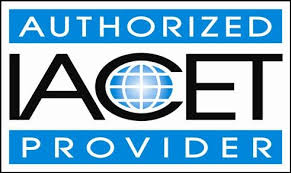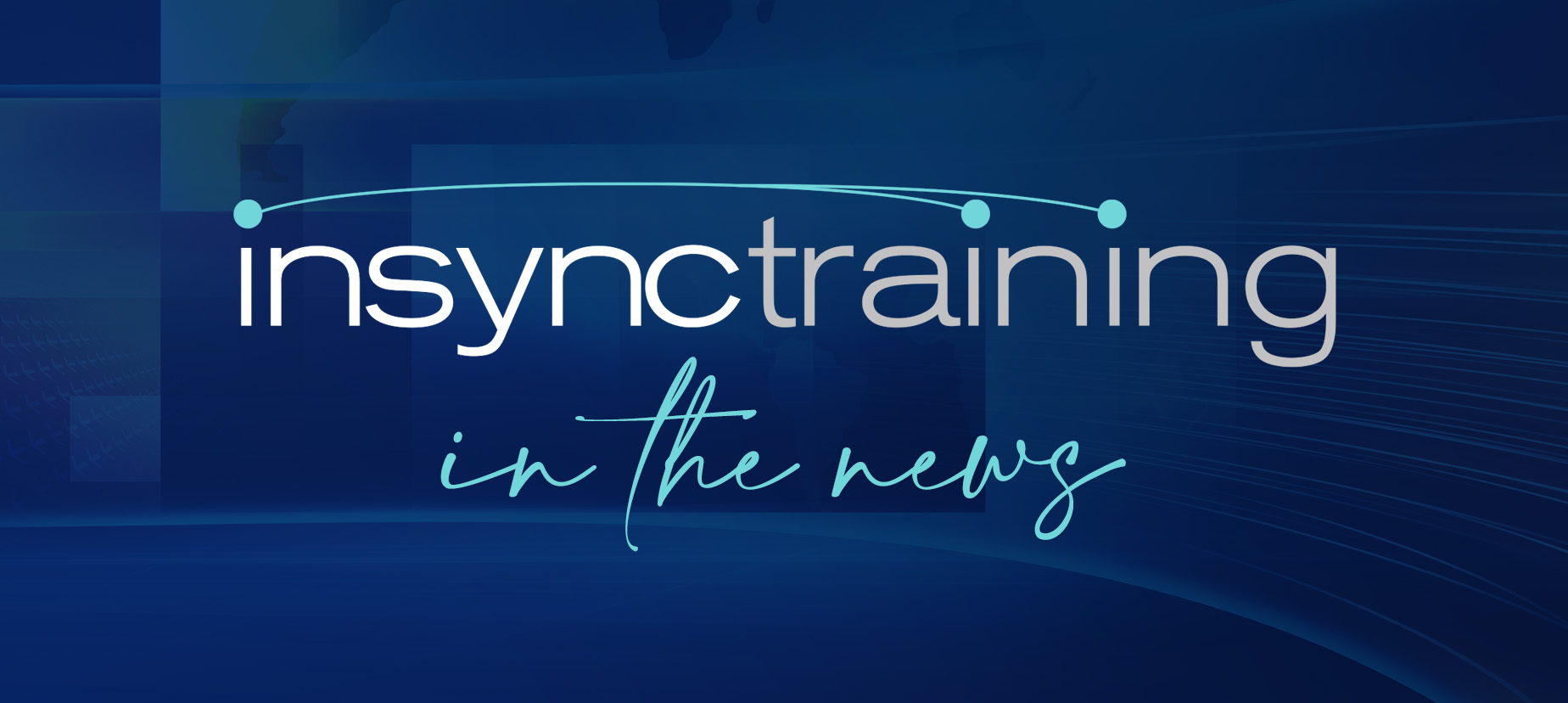1 min read
InSync & BadgeCert: Elevating Achievement with Verified Digital Badges
Portsmouth, NH – September 12, 2024 – InSync Training is excited to announce a new partnership with BadgeCert, a leader in digital credentialing and...
3 min read
.jpg) Dr. Charles (Chip) Dye, Ph.D.
:
Mar 21, 2023 12:11:00 PM
Dr. Charles (Chip) Dye, Ph.D.
:
Mar 21, 2023 12:11:00 PM

Imagine you have a ruler made of some weird alien material that is somehow tied to the quantum wave function in such a way that it changes dimensions every time you use it. One day, your desk is five feet wide, the next, six and a half. That's not a great measuring device, particularly if you’re trying to fit the desk through the door. In the real world, rulers (and every other thing that measures items) have a characteristic that measurement and assessment cognitive psychologists call reliability. Broadly, a reliable measure is one that produces consistent results for a given set of characteristics. Reliability is one of the foundational requirements for producing meaningful and appropriate test measures for skills and capabilities, and, it turns out, for training in general.
If we turn to learning and development interventions in the workforce, one might reasonably ask, “How can we tell if the training was effective?” We can, of course, evaluate the program against a variety of internally developed measures, but one common deficiency often observed is that a disconnect exists between the “why” training is being delivered and the actual outcomes. Some of this disconnect is likely attributable to “need drift” (interpretations of need change over time) or the limitations of delivery (whether it is the learner population or logistics) but lurking beneath all of these is our shapeshifting ruler that profoundly limits the efficacy of training–consistency of delivery.
Consistency of delivery requires that the instructional delivery provide the same experience (as closely as possible) each time, every time it is delivered. This, in turn, requires robust design, preparation and practice on the part of the instructional team of designers, facilitators, and other stakeholders to ensure the materials are up to date, meaningful, relevant, and effective for the learner. A lack of consistency means that in the aggregate, program stakeholders can’t be certain of how individual learners were actually trained, and whether or not that training experience is aligned to the underlying organizational need that led to training them in the first place. Turns out, many organizations have lots of guidance about the development of training materials (style sheets, development processes, etc.) but little in the way of formalistic procedures to ensure consistent delivery. The answer, or at least one most of industry has turned to, is third party certification.
If we think about third party certification generally (think about the Underwriter’s Laboratory tag on the cord for the lamp next to you), we realize this type of certification gives assurance that a product or service conforms to specified requirements (e.g., the lamp on your desk won’t burst into flames for no reason). More specifically for learning and development, third party certification
One of the key distinctions between third party certification and other forms of conformity assessment (such as those that “self-certify”) is independence. Third party certifiers provide an objective review of the training services provided free from both the economic demands of the marketplace and internal company pressures because they have no financial interest in the sale of products. This ensures that products meet the specified requirements for which they are being evaluated, and it is not influenced by internal pressures for sales and biases associated with self-certification. In addition, third party certification assures more reliable and consistent products and services. Products and services that are third party certified are accepted immediately in the marketplace because consumers, retailers and distributors recognize and have confidence in the third-party certification mark on the product as an assurance of quality, consistency, and performance.
In training, third party accreditation is an effective method to ensure consistency of development and delivery against specific standards. As an example, InSync Training’s certificate courses and services are developed, delivered, and evaluated in compliance with an external standard and are enforced through a comprehensive audit of both development and delivery standards by a third party accreditation body–the International Accreditors for Continuing Education and Training (IACET). In this way, InSync ensures that every delivery of a particular session is delivered in accordance with an approved design and that every learner who completes the course has a meaningful and consistent experience.
From a business perspective, as processes for development and delivery are well documented as a consequence of the accreditation audit process, the ease of “startup” in engagements with new clients is fairly simple. Resourcing, scheduling, preparation, and coordination processes are well documented and can be adapted to client need (it’s hard to adapt to something if you don’t have a starting place). The accreditation against an international standard (IACET) further provides an objective, independent assessment of training program quality and can help build trust and confidence with clients and training program stakeholders – the same kind of trust and confidence that your desk is really five feet wide, and you lamp won’t explode when you plug it in.
InSync Training is accredited by the International Accreditors for Continuing Education and Training (IACET) and offers IACET CEUs for its learning events that comply with the ANSI/IACET Continuing Education and Training Standard. IACET is recognized internationally as a standard development organization and accrediting body that promotes quality of continuing education and training.

1 min read
Portsmouth, NH – September 12, 2024 – InSync Training is excited to announce a new partnership with BadgeCert, a leader in digital credentialing and...
InSync Training, a leading provider of virtual learning solutions, is proud to partner with the Change Management Institute (CMI) to bring “Mastering...

InSync Training, a certified women-owned small business specializing in Virtual Training and Hybrid Learning, is headed to the Women’s Business...